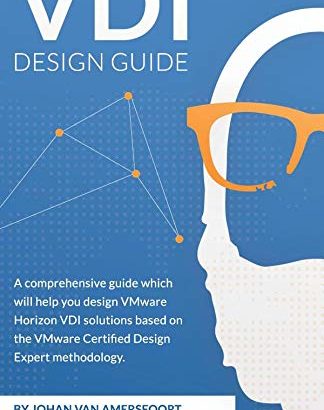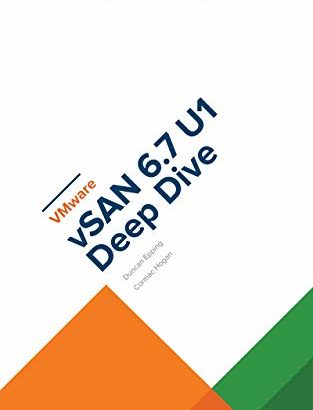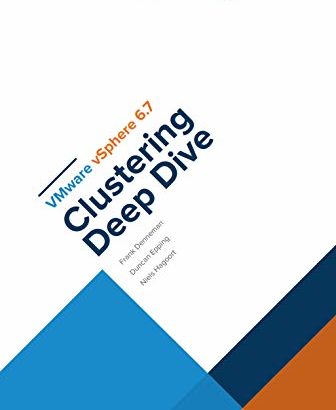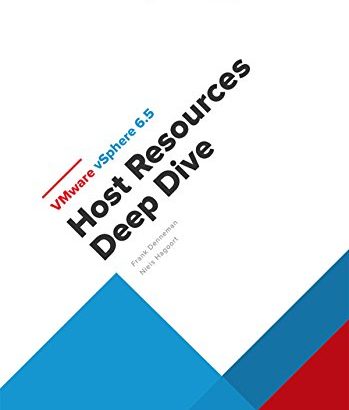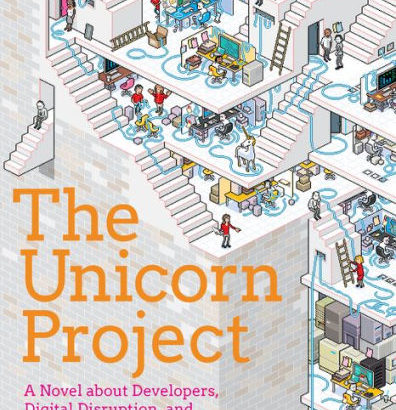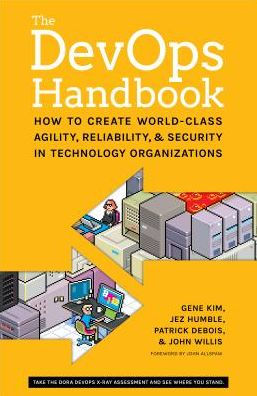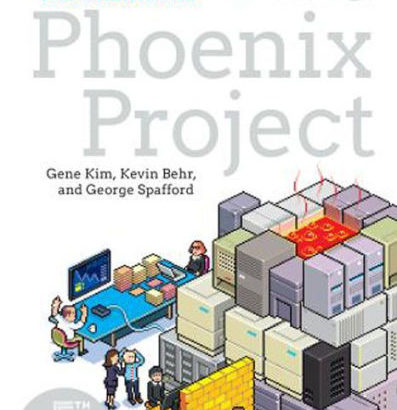In 2018, we wondered for the tenth time if it finally was the Year of VDI. Three years, craploads of Windows updates, endless logon processes, gazillions of yottabytes of remoted display data, and thousands of sold copies of the VDI Design Guide later, we can surely conclude that 2018 was NOT the Year of VDI.
Will it ever be the year? Like really ever? Well, if one year might be the actual one, it would probably be 2020. Sure, it really sucked from the obvious perspective, but it also turned out to be THE year that showed the true potential of End-User Computing (EUC). That potential is being explained in this book, the VDI Design Guide Part II!
Not only will it cover how the EUC ball game changed since Februari 2020 and what the impact is to organizations, IT, and the actual end user, it will also dive into a wide variety of use cases which have been enabled by all of the innovation in both software and hardware.
Based on the design methodology from the first book, you will learn how to design complex and unusual use cases such as data science on VDI, EUC-based virtual reality, VDI …

